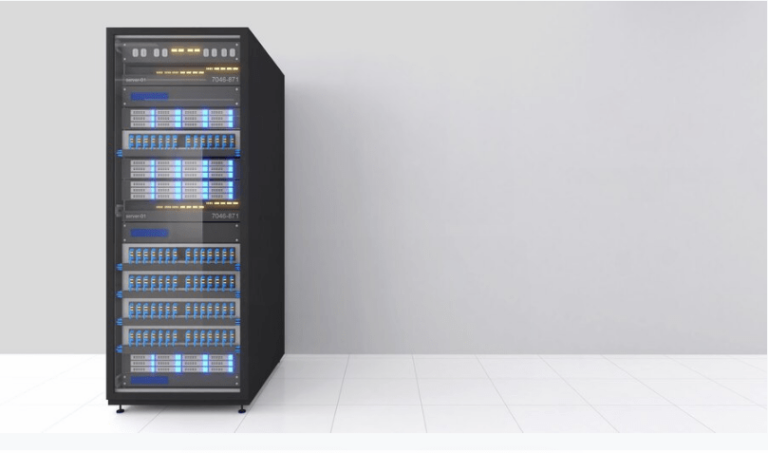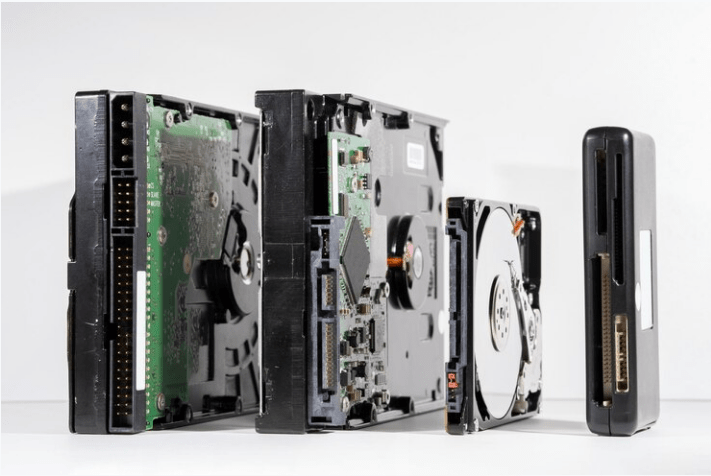Is tape a part of the future of storage? Absolutely. Despite propaganda spread around by disk and flash vendors, tape is very much alive and will play a major part in combatting rampant storage growth in the years ahead. Not only that, the field has already mapped out a ten-year path that promises much higher density and more rapid throughput.
Fred Moore, president of Horison Information Strategies, believes a tape renaissance is well underway. He listed several new technologies implemented for tape that yielded “numerous improvements including unprecedented cartridge capacity increases, vastly improved bit error rates, much longer media life and faster data transfer rates than any previous tape or disk technology.”
Some of this innovation, interestingly enough, was taken from hard disk drive (HDD) breakthroughs. Examples include linear tape open (LTO) cartridges and leaps in enterprise tape library performance.
“It’s time to bring your views of tape up to date as the future for tape technology has never been brighter,” said Moore.
Propaganda Wars
A lot of money goes into knocking the competition in this day and age. The obvious example is incessant political attack ads. But IT is no stranger to the phenomenon. The mainframe has been viciously attacked since the eighties as old and outmoded, yet it is still alive today inside most financial institutions as well as big government. The nineties saw perfectly good operating systems such as UNIX and VMS labeled as “legacy” as Microsoft enlisted the help of analyst firms to push Windows NT into the enterprise world.
The next major item to come under the gun was tape. Data Domain launched its “Tape Sucks” campaign, and disk-based storage vendors in general jumped on that bandwagon as a means of convincing people to buy their arrays.
But to understand the absurdity of such arguments and campaigns, all you have to do is review the current marketing push by flash vendors that “disk is dead.” Flash may be great, but there is no way it will knock out disk any time soon. And tape isn’t heading off to the great recycle bin in the sky either.
Already, enterprise tape native capacity has reached 10 TB with data rates of 360 MB/sec. What that means is that large tape libraries can now scale beyond one exabyte. Massive data density levels on linear magnetic tape (123 billion bits per square inch) have been achieved using Fujifilm’s barium ferrite particle technologies.
“This equates to a tape cartridge capable of storing 220 TBs,” said Peter Faulhaber, president of FUJIFILM Recording Media U.S.A. “We have already shipped tape cartridges based on barium ferrite with a capacity of 10 TB and have demonstrated the ability to get to 220 TB, in conjunction with IBM, in the not too distant future.”
IBM and Oracle are also developing cartridge capacities that will move well beyond 10 TB. While the current generation of LTO-6 offers 2.5 TB in one cartridge, the addition of a better compression engine takes average capacity to around 6.25 TB. A ten-year roadmap for LTO goes through several more generations to LTO-10 and beyond. Coming soon is LTO-7, which promises up to 16 TB per cartridge and data transfer rates of up to 788 MB/sec. LTO-8 will bump that to 32 TB and 1180 MB/s, LTO 9 goes to up to 62.5 TB and 1770 MB/s, and a single LTO-10 cartridge should peak at 120 TB and 2750 MB/s. Far from being pie in the sky, these projections are based on realistic expectations on what current technology can accomplish and how manufacturing techniques will advance. Even if you factor out the compression benefits which are included in the numbers earlier in this paragraph, LTO-10 still ends up at 48 TB per cartridge and 1100 MB/s.
But we are only discussing LTO here. Sony Corporation has invented a soft magnetic underlayer with a smooth interface using what it calls sputter deposition. This creates a nano-grained magnetic layer with fine magnetic particles and uniform crystalline orientation that has enabled the company to demonstrate an areal recording density for tape storage of 148 GB/in2. When commercialized, that opens the door to 185 TB of storage per cartridge.
Archiving
None of this means that tape is going to replace disk or be used as a medium for primary storage. But where tape is carving out an empire is in archiving. All the many existing and upcoming developments combine to make it hard to beat tape when it comes to supporting huge volumes of rarely accessed data or archive material. You can jam PBs of data into a tape library and have files available for review reasonably rapidly too.
“Single stores are no longer in the terabytes; they’re now scaling as far as 100 petabytes and billions of files,” said Matt Starr, CTO at Spectra Logic.
Billions of files, of course, are difficult to store in a traditional file system. This is where object storage technology is starting to come into play, which can now function within a tape architecture. Object storage can store billions of files and stores the metadata with the data. It allows for the collection of data and long-term protection. While disk vendors tout object storage as the answer to their volume storage prayers, once you get beyond a certain point, disk alone becomes unwieldy and expensive.
“Combining disk and tape in an object storage infrastructure is a way to build a cost effective multi-petabyte storage system,” said Starr.
As a result, tape is finding itself in greater demand than ever. Fueled by unrelenting data growth, significant technological advancements, favorable economics, big data analytics and the growing trend to maintain access to data forever emanating from regulatory, compliance and governance requirements, it has made a comeback. IT looks like it has established a definite niche for high-volume, cheap storage with which disk can’t compete. Tape vendors have even formed the Active Archive Alliance, which promotes a combination of tape and low-cost NAS storage for the lowest tiers of storage and archiving.
“It will be critical for storage solutions to easily scale in a cost effective way,” said Faulhaber. “This means a greater need for hig- density and low power consumption as IT budgets won’t be able to keep up with the need for floor space and power.”
Active archiving, he believes, will play a bigger role as a low-cost solution that doesn’t sacrifice the need for access performance. Data will more commonly be kept indefinitely and data tape will carry more of the storage load based on its high capacity and low power consumption.
Starr added to this by noting that most large systems have 100x more data than they can move through the CPU in a month. Therefore, they must store data as cheaply as a possible while not in use.
“Driving an archive with an enterprise resource planning system is the key to successful large-scale data deployment,” said Starr. “Keep in mind that backup tapes kept for years are not an archive, they are just a snapshot of that week’s data. An archive is the primary copy of data stored on a lower cost of media, which may not have instant access.”
Image Credit: https://www.datacenters.com/





